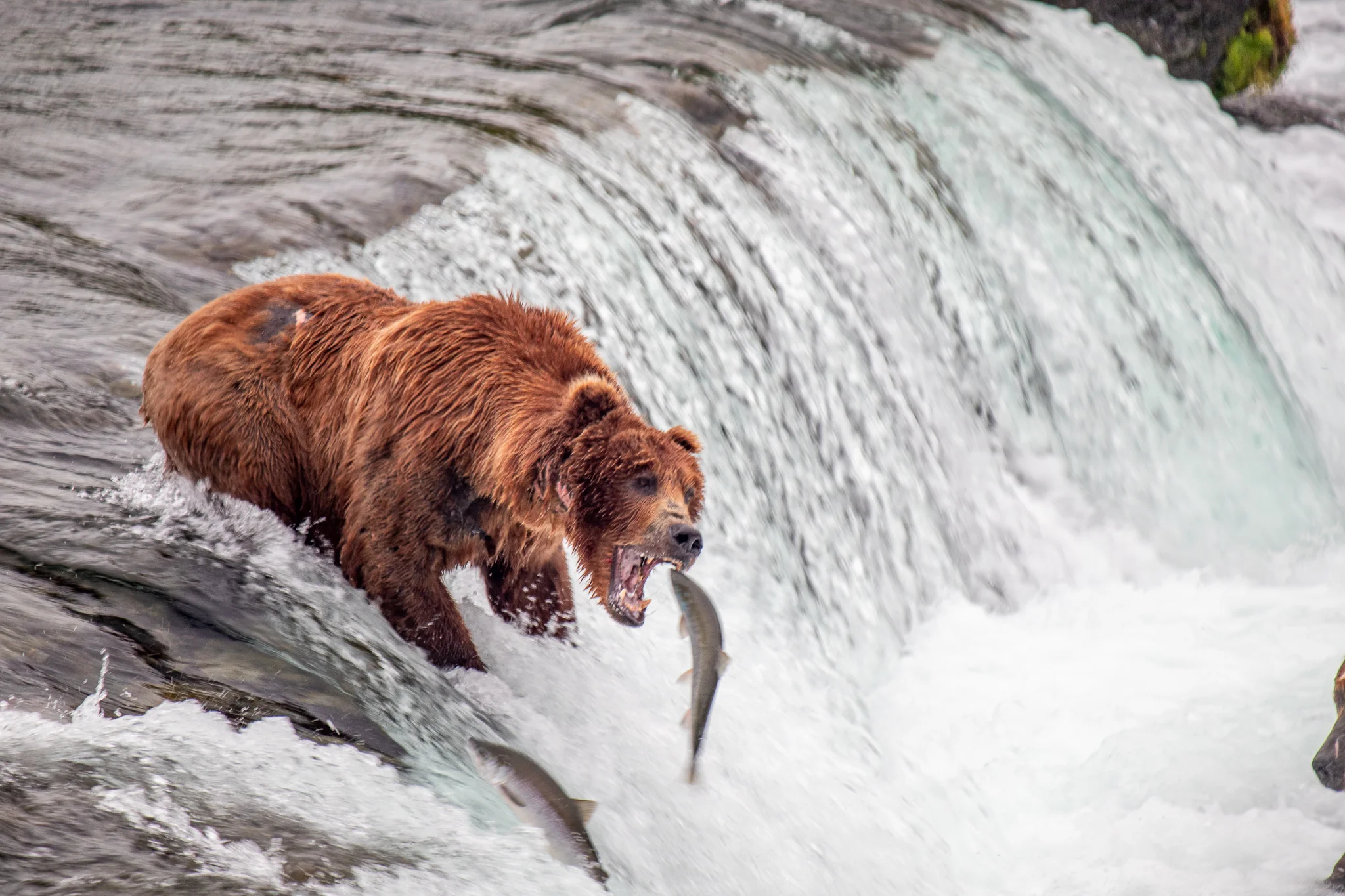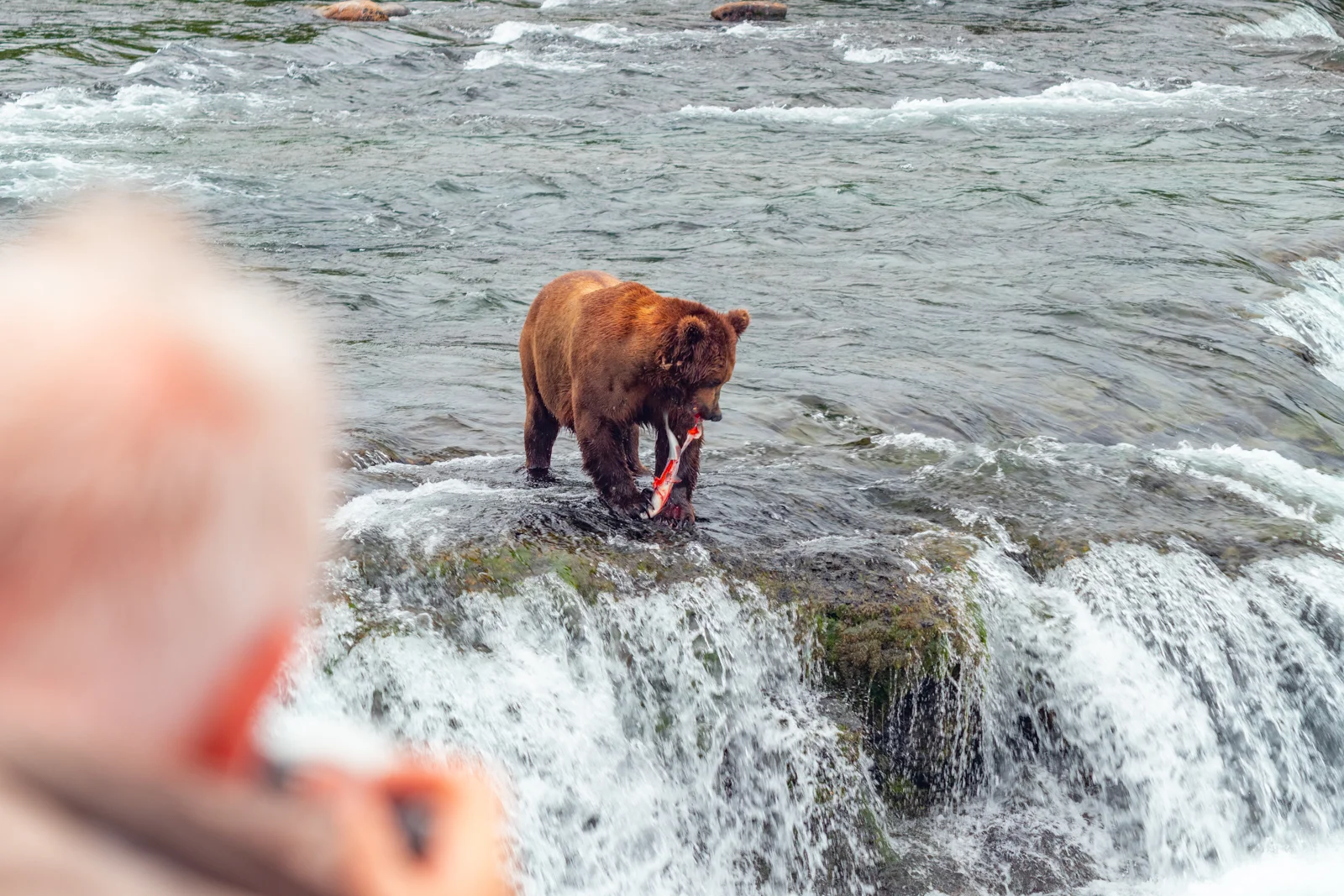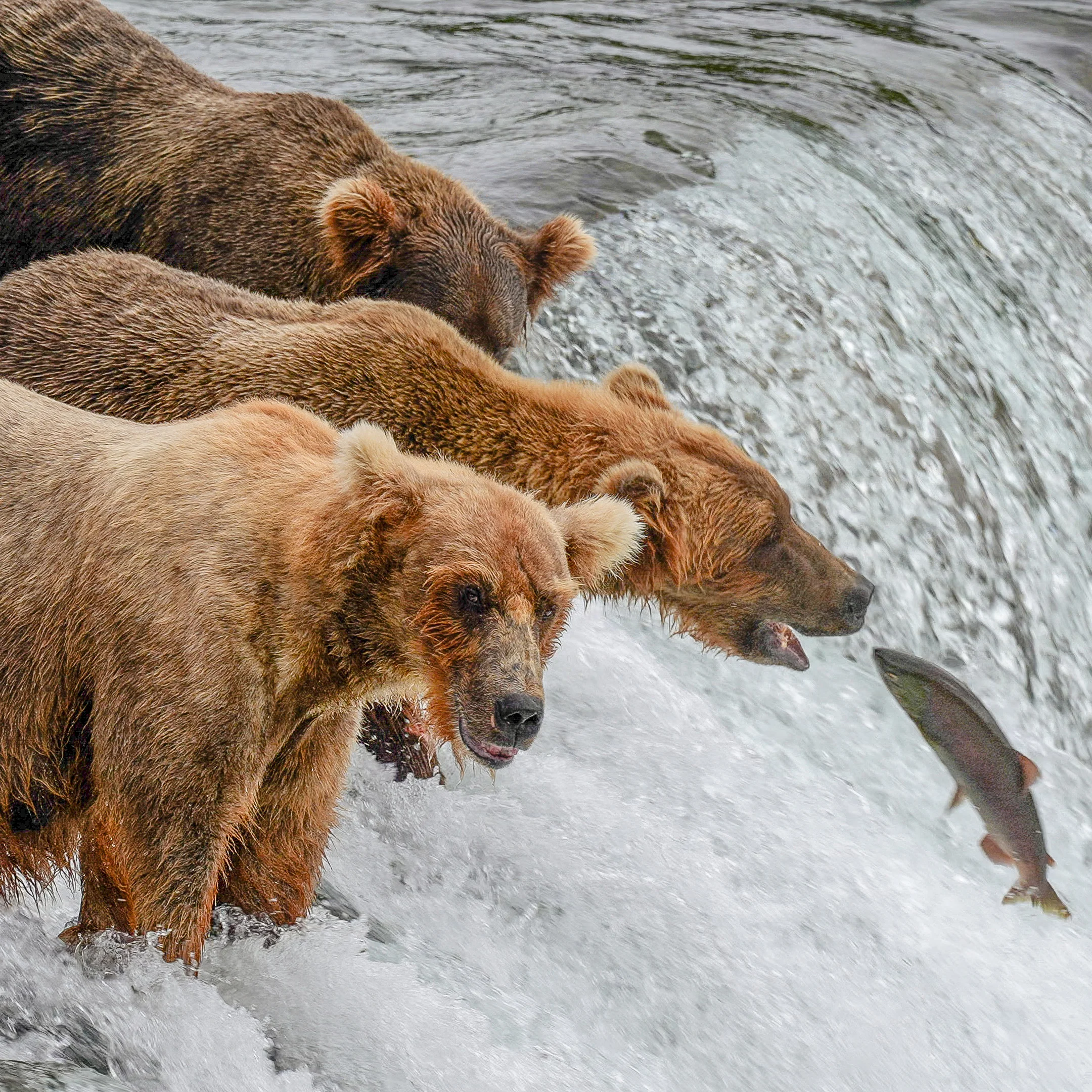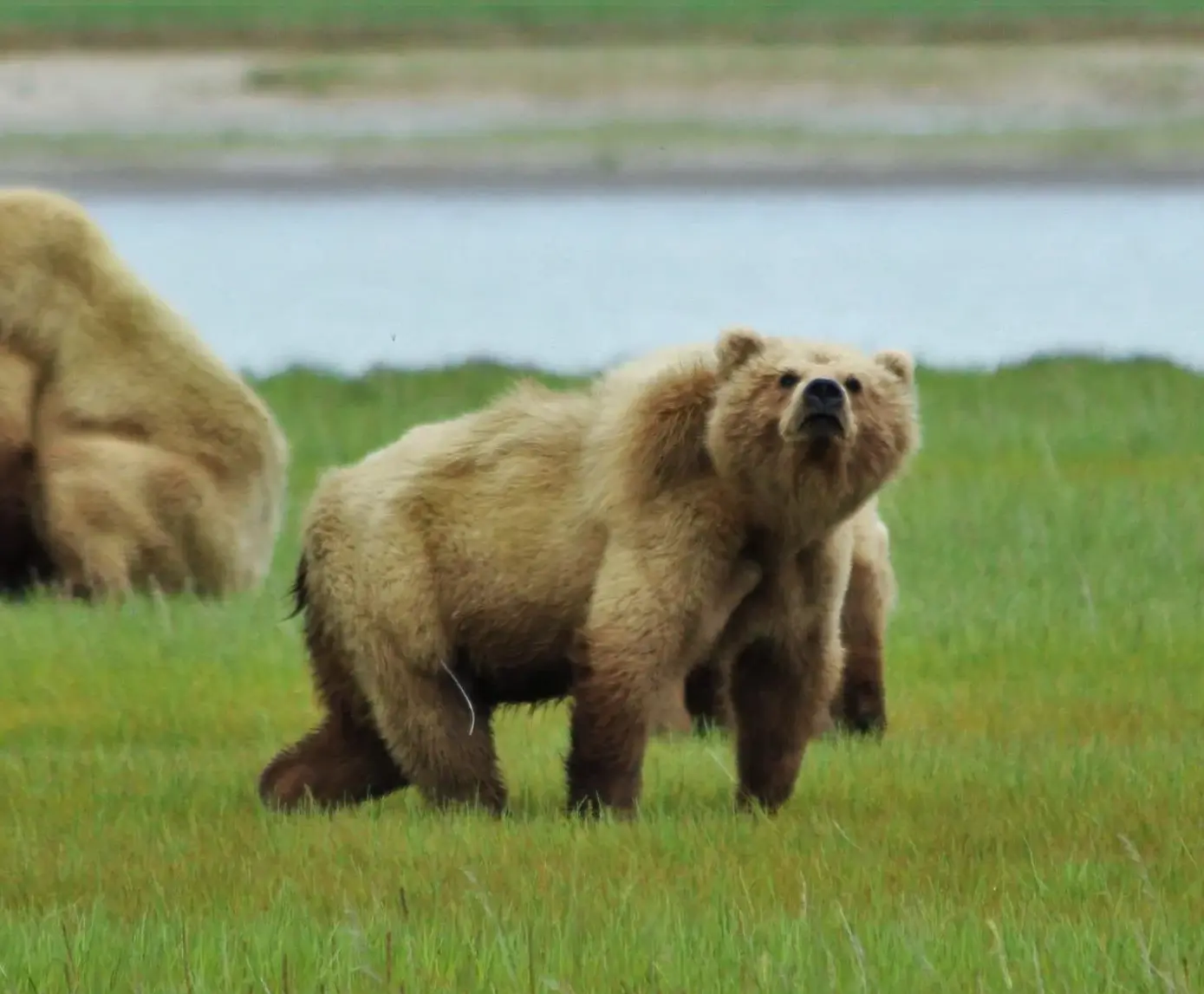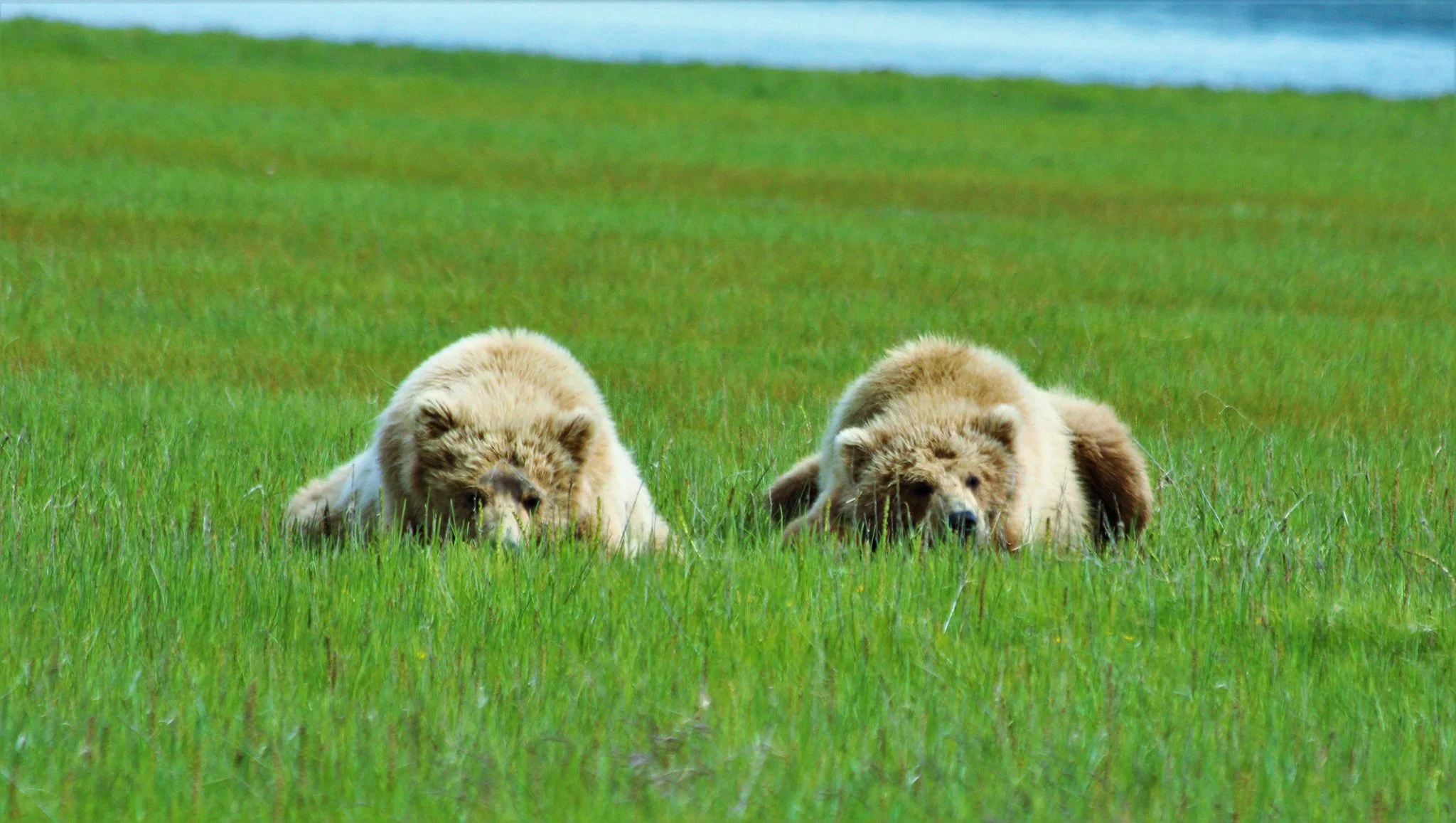Nothing screams Alaska like hopping on a helicopter to look at the bears in their natural habitat! And Bear-Viewing has been the #1 excursion out of Homer for decades. Bear tours make for a fascinating excursion if your heart yearns for raw nature and you want to feel like you are living inside a nature documentary or a National Geographic Magazine.
Alaska is world-renowned for giving visitors a glimpse—up close and personal—of the majestic Coastal Brown Bear. 98% of all brown bears in the country live in Alaska—many of them just across the Inlet from Homer.
At Alaska Luxury Adventures we work with the premier, cream-of-the-crop excursion partners, to offer guests the incredible opportunity of taking a plane into the heart of Katmai or Lake Clark National Park to spend a truly wild and unbear-lievable day watching these incredible animals.
This experience is not one to be missed, and your memories of this incredible adventure will last a lifetime.
Keep scrolling to learn more about Alaska's bears!
